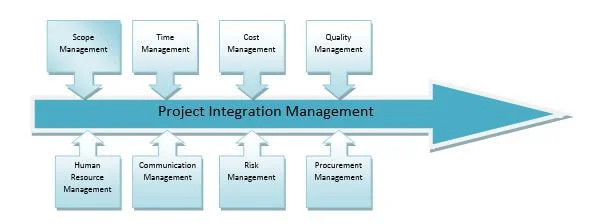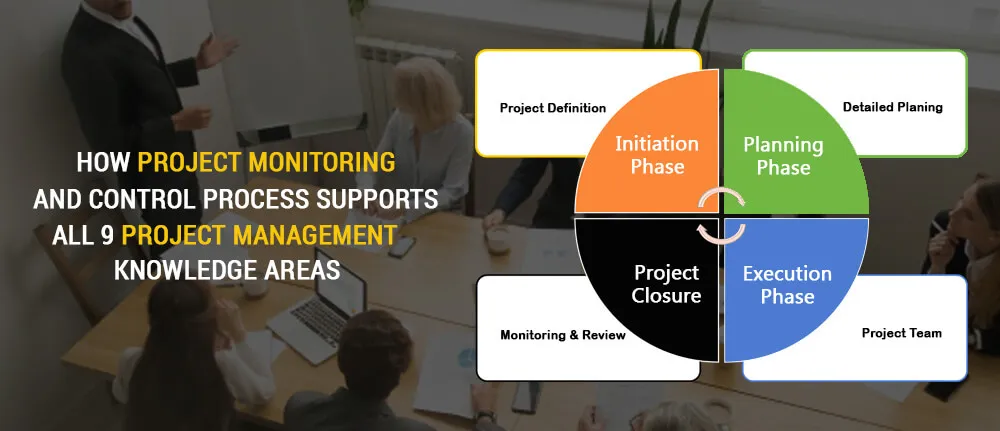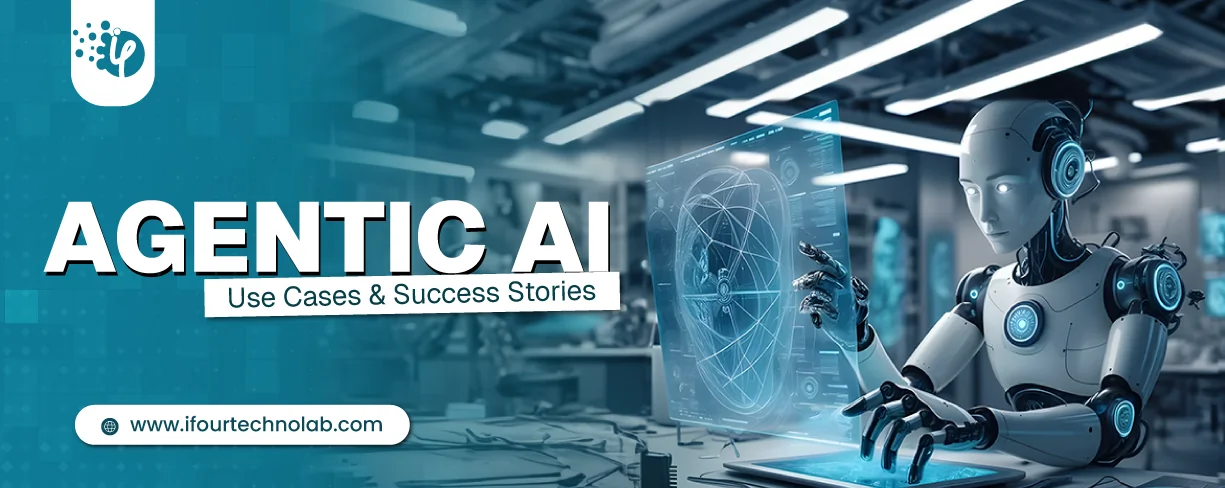Project management involves various functions that enable smooth and organized project execution. These various functions grouped together according to their purpose and these groups are referred as knowledge areas. Knowledge areas are based on common features, whereas project management process groups determine the order of project management activities. There are 9 knowledge areas as shown in the below figure.

Project monitoring and control is the process group that involves the tracking of project progress to acknowledge the deviation in project plan. A project plan is the basis for monitoring activities, conveying status, and making remedial move. Project monitoring and control enables timely corrective actions to be taken when performance deviates significantly from the plan. A deviation is significant if the deviation affects the project from meeting its objective. Project monitoring and controls is very important process as it helps to deliver quality product, in lowest possible cost and time.
Project monitoring and control tracks the project based on all 9 knowledge areas as following



















